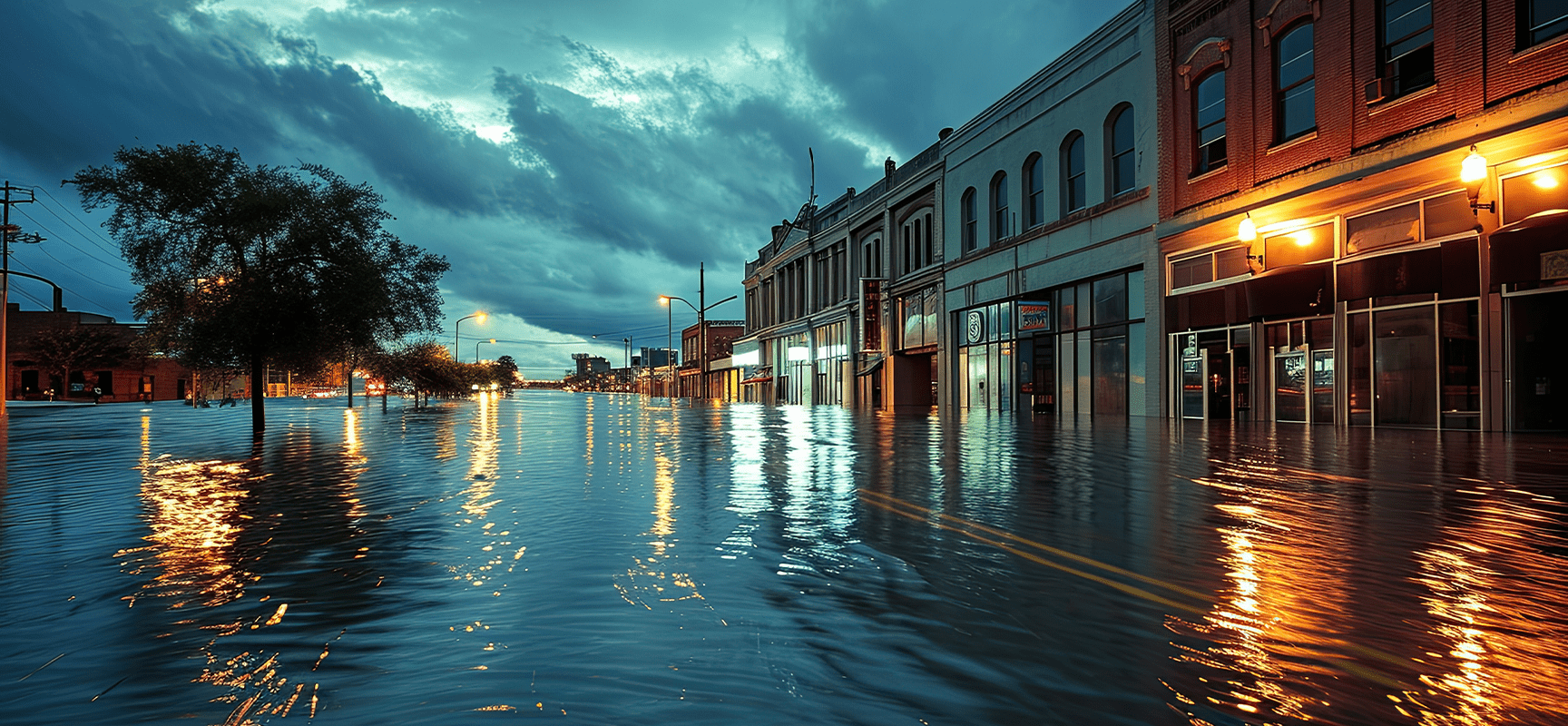
Flood Insurance: Why Everyone Needs It
Regardless of whether it's a low risk, moderate risk, or high risk, EVERYONE is in a flood zone. Even though lenders typically only require flood insurance in high-risk zones, a surprising 26% of all National Flood Insurance Programs (NFIP) flood claims come from low and moderate-risk flood zones! This means that even if you are not required to have flood insurance, it’s still wise to consider purchasing it for protection.
Key Facts:
- Homeowners and Commercial Property Insurance: These policies typically do not cover flood damage. You will likely need a mono-line flood policy for that coverage.
- Flood Insurance vs. FEMA Disaster Assistance: Flood insurance will pay claims regardless of a Presidential Disaster Declaration. In contrast, FEMA Disaster Assistance requires such a declaration.
- Furthermore, federal disaster assistance comes in two forms: a loan that must be paid back with interest or a grant averaging around $5,000 per household. By comparison, the average flood insurance claim in 2018 was over $40,000.
- Coverage Details: The NFIP offers building and contents coverage only up to specified limits. However, some private flood insurers provide higher limits and additional coverages such as business interruption and loss of use. Also, be aware that most flood policies will NOT cover any contents or finished building area in a basement (below ground on all sides) or in an enclosed area on the ground floor of an elevated building (depending on the year built and the flood zone). See your policy for specific details.
Preparing for a Flood:
- Purchase Flood Insurance: Don’t rely solely on FEMA disaster assistance.
- Take a Household Inventory: Photograph and videotape major household items and valuables. Store these records in a safe location, as they are crucial for insurance claims.
- Safeguard Important Documents: Keep copies of birth certificates, passports, medical records, and insurance papers in a dry, secure place. The originals should be stored in a watertight safe deposit box.
- Pre-Flood Preparations: When flooding is predicted or imminent, move furniture and valuables to a safe place, such as an attic or the highest floor of your home. There is usually a minimal amount of coverage for your efforts on a flood policy.
Recent Updates:
Here is an excerpt from an article in Insurance Journal about Florida, but many other states are experiencing similar changes:
Many more properties, including hundreds of thousands of homes across Florida and other parts of the Southeast, will be required to purchase flood insurance after July 31, due to revisions in federal flood maps.
For some of the most exposed and populous parts of the region, in south Florida, the changes means about 138,800 more structures in Miami-Dade, Palm Beach and Broward counties are now considered to be in the special flood hazard area, a significant increase from previous flood maps, according to the Federal Emergency Management Agency. For properties with mortgages, most owners will be required to buy flood coverage, bringing opportunity to insurance agents and private flood insurers, but more costs for insureds.
"The maps for some parts of Florida have not been updated in 20 years," said Trevor Burgess, president and CEO of Neptune Flood, one of the largest private flood insurance providers in the country. “Water levels are much higher now, the population has grown, and there have been many changes to the landscape,” added Burgess.
For expert guidance on navigating flood insurance requirements and protecting your property, get in touch with our dedicated real estate team today. We can provide valuable insights and assist you in understanding the latest developments related to flood insurance and how they may impact your propert

Featured News & Insights

Proactive risk management is essential for protecting your hotel property and business reputation. From assessing your business income requirements to ensuring proper subcontractor agreements,...

Because wind and hail damage can have significant impacts on commercial buildings, you need insurance professionals who understand commercial real estate to help advise you every step of the way....

Purchasing property is a significant financial commitment, often involving substantial upfront costs and long-term considerations. To protect your investment, it's important to conduct thorough due...
